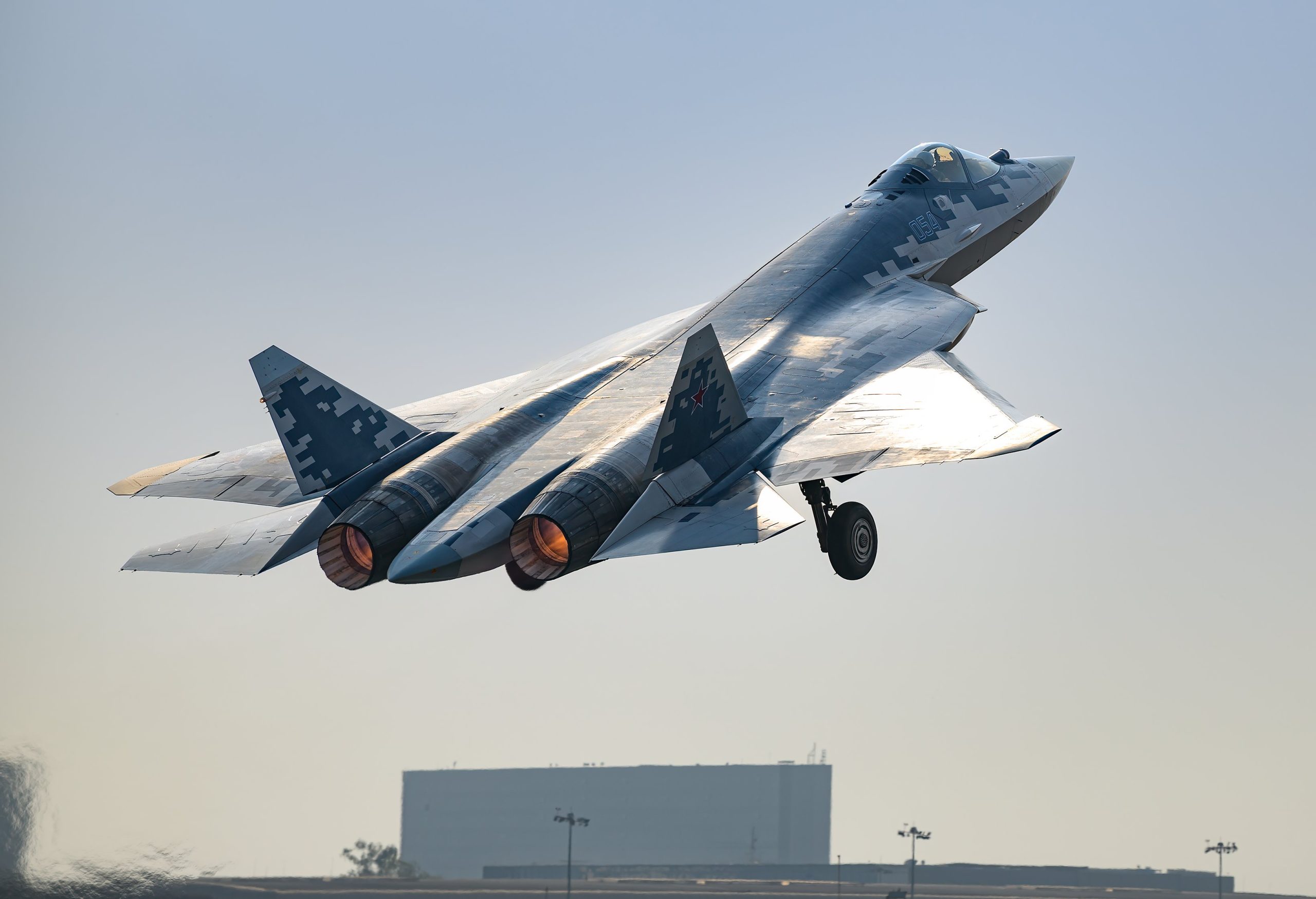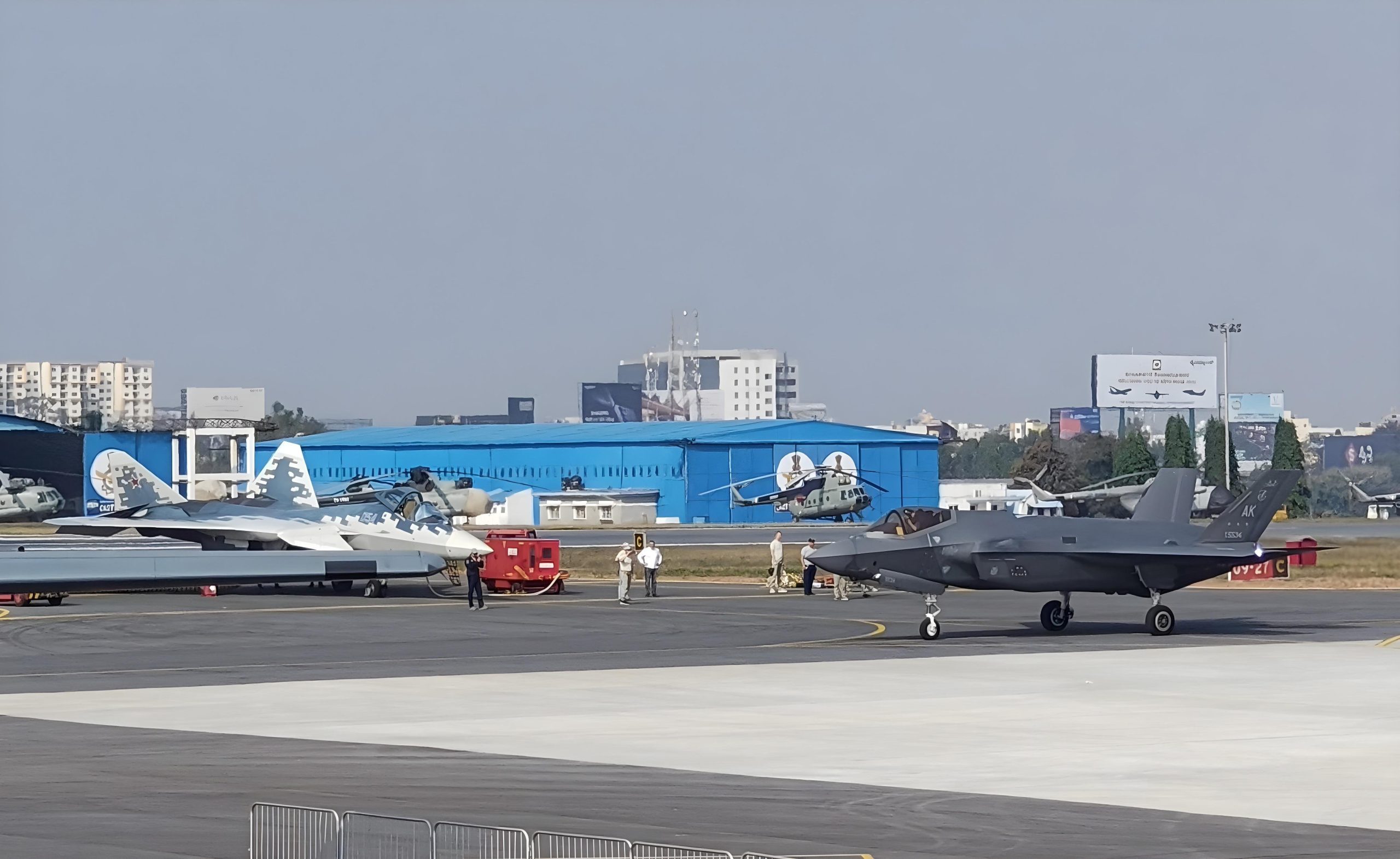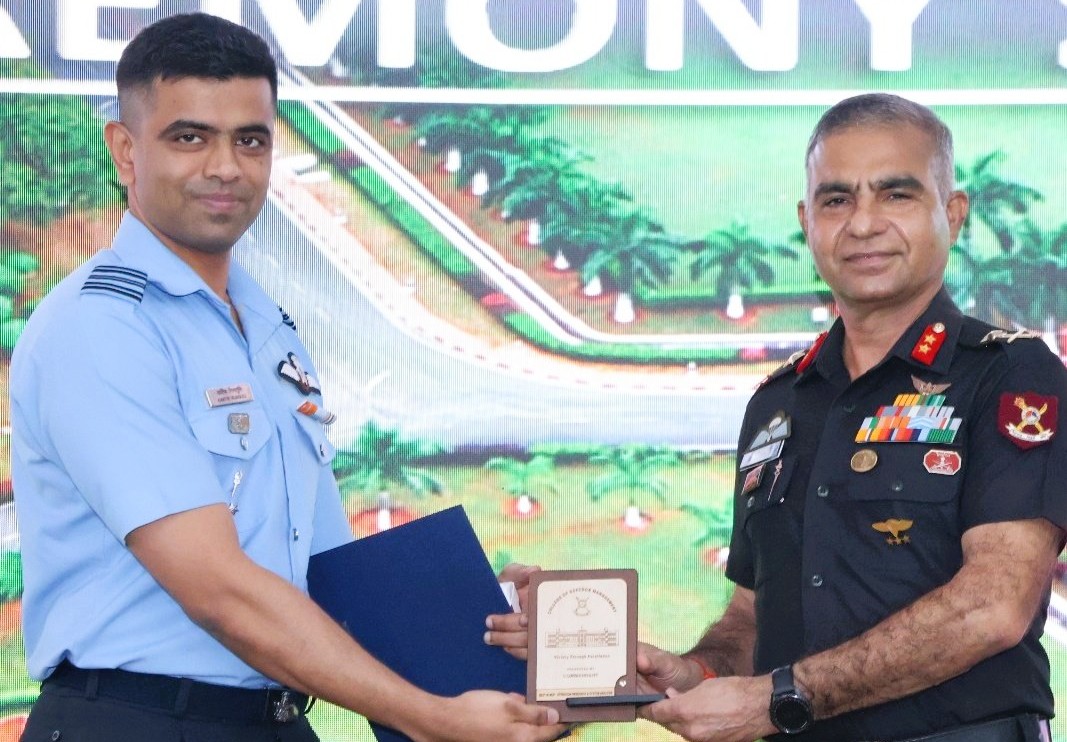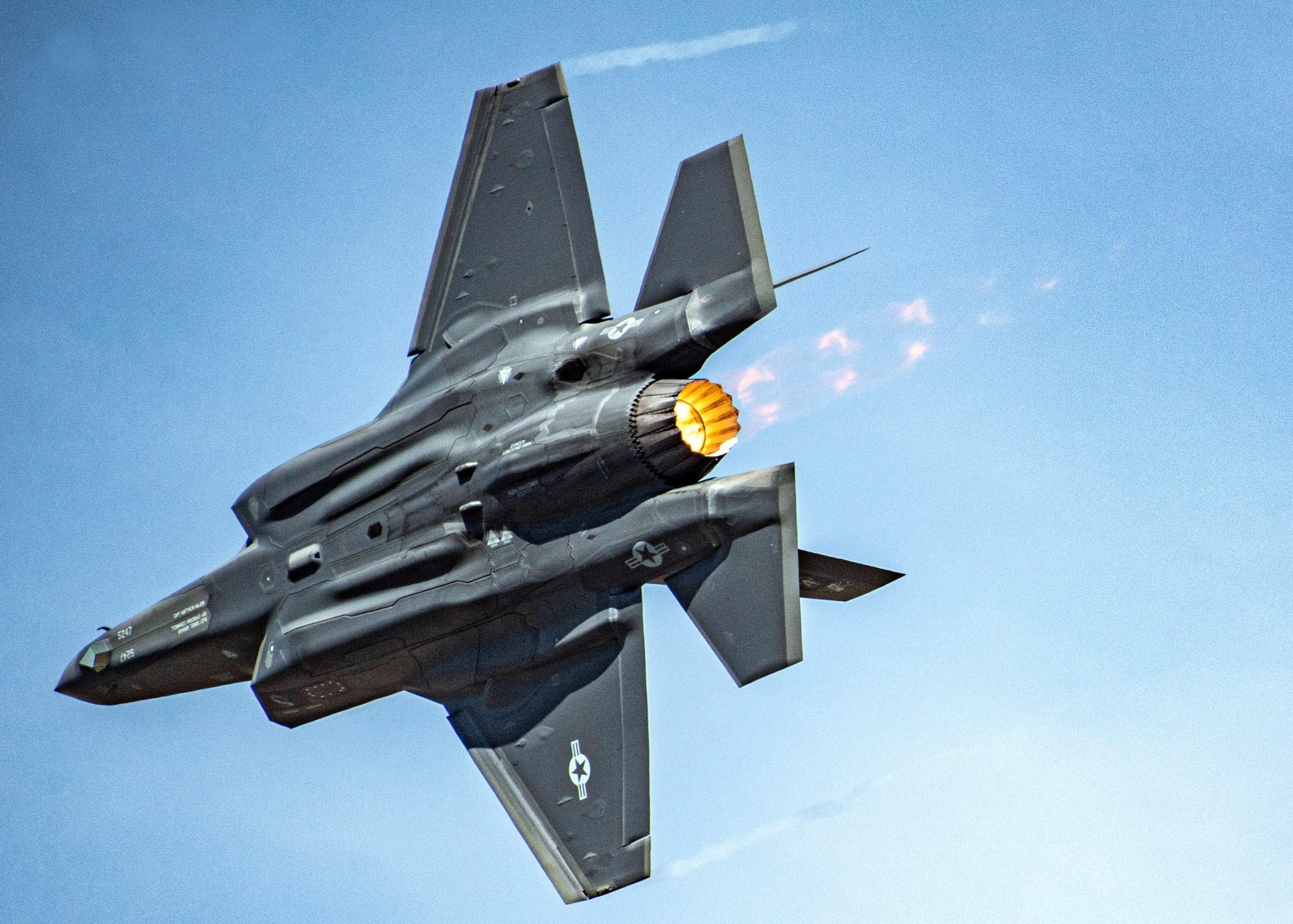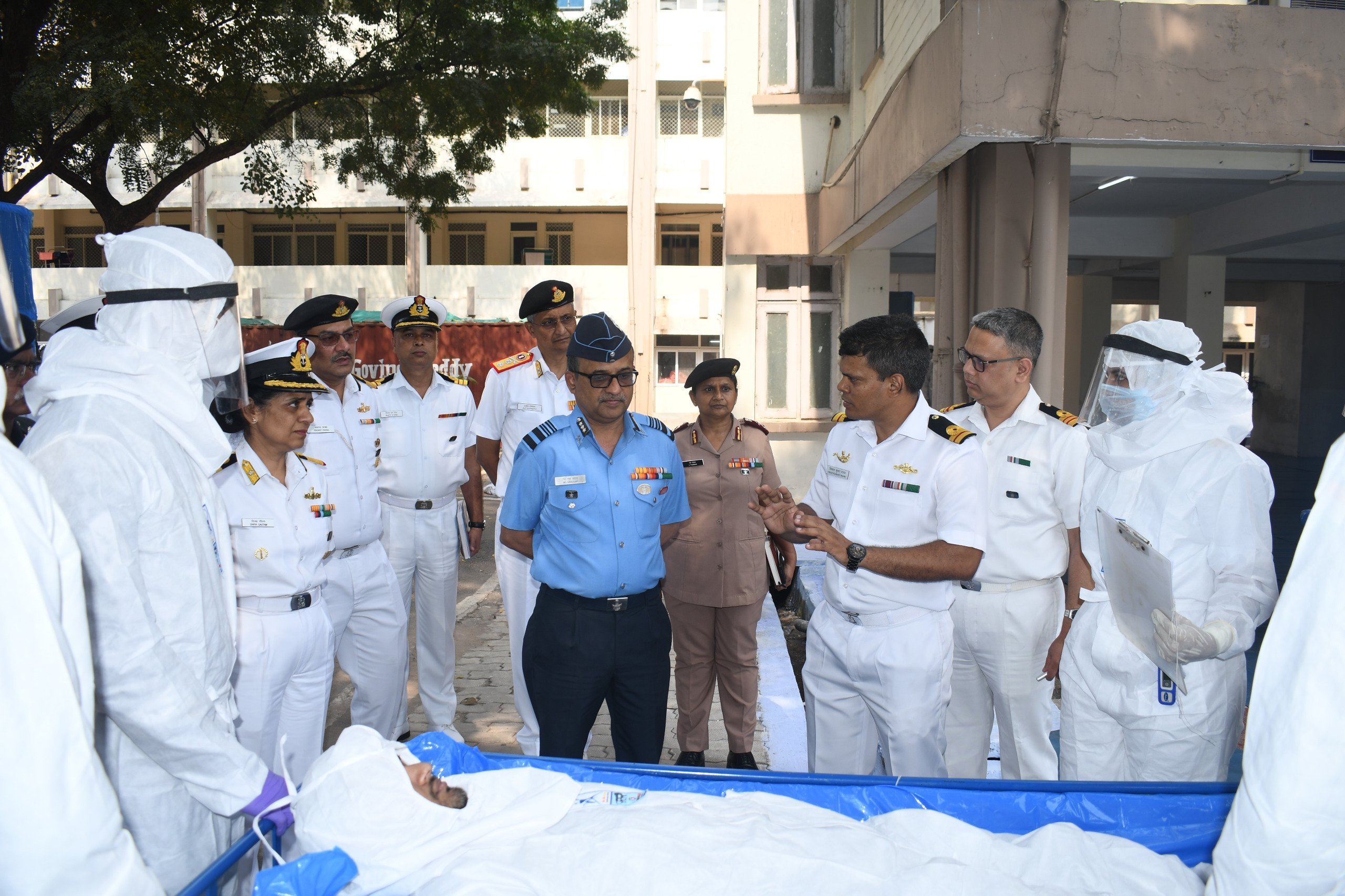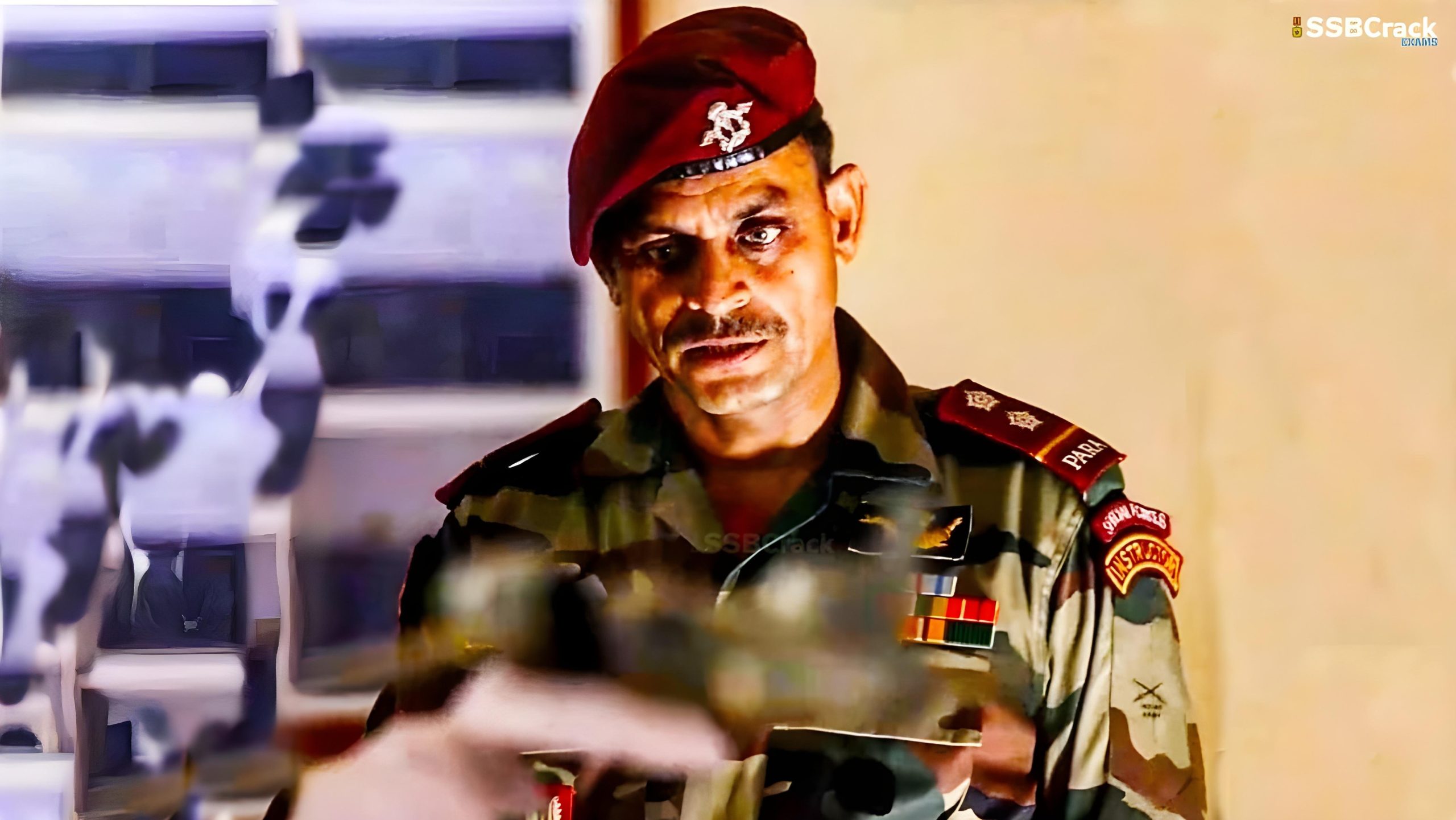Su-57 Takes Flight in Just 10 Seconds at Aero India 2025
The recent display of the Su-57 at Aero India 2025 has captivated aviation enthusiasts and military experts alike. The aircraft's…
The Su-57 and F-35 Encounter at Aero India 2025
The aviation world recently witnessed a significant event that has captured the attention of defense enthusiasts and military analysts alike.…
CDM IDS Conducts Management Development Program for Tri-Services Officers
The Department of Operations Research & System Analysis (ORSA) from the College of Defence Management (CDM), Integrated Defence Staff (IDS)…
5 Facts Why the F-35 Fighter Jet Is Unstoppable
The F-35 Fighter Jet, officially known as the F-35 Lightning II, stands as a testament to modern military aviation. Its…
Air Marshal MS Sridhar Visits Eastern Naval Command
Air Marshal MS Sridhar, Deputy Chief of Integrated Defence Staff (Medical), visited the Eastern Naval Command (ENC), where he met…
What Makes Maroon Beret So Special?
The Maroon Beret is not just a piece of headgear; it is a prestigious symbol representing the rigorous training, exceptional…

